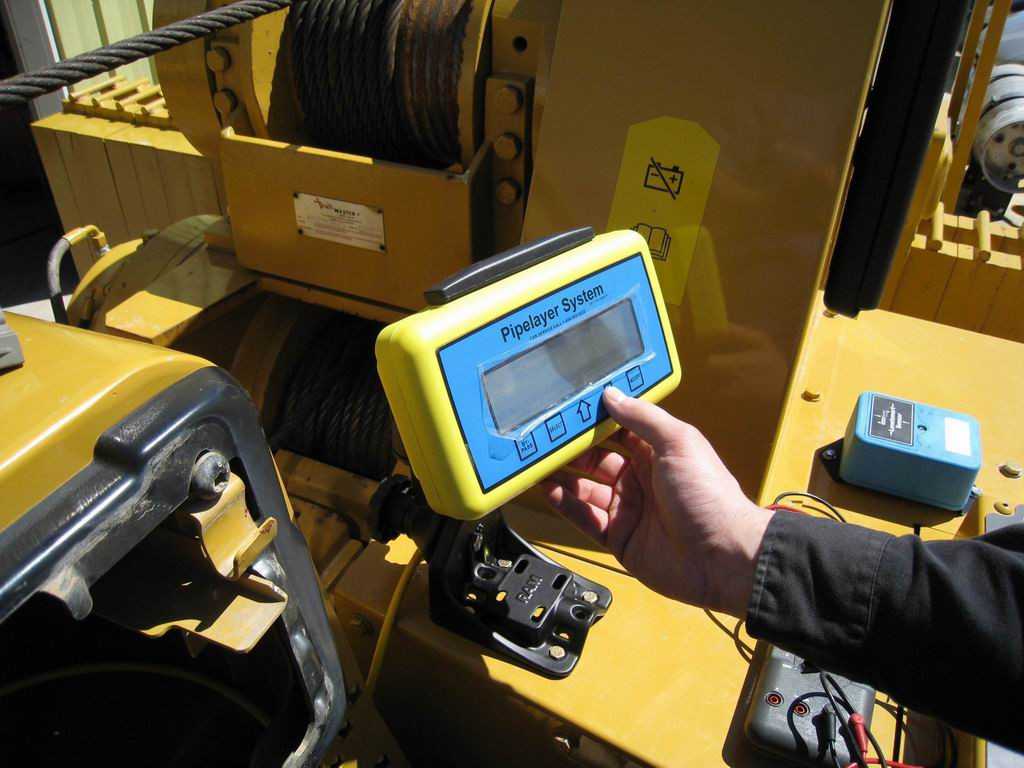Enthusiast Corner
Safeguarding Efficiency and Safety: The Power of Heavy Equipment Load Monitor Indicators
Understanding Load Monitor Indicators
Load monitor indicators, often integrated into heavy machinery and equipment, are specialized instruments designed to provide real-time feedback on load conditions. They offer operators crucial information regarding the weight being lifted or carried, ensuring that it remains within safe operational limits. These indicators utilize a variety of sensors and display units to convey this data accurately and intuitively to operators, empowering them to make informed decisions on the job.
The Importance of Load Monitoring
- Safety Assurance: Overloading heavy equipment poses significant safety risks, including structural failures, tip-overs, and accidents. Load monitor indicators act as vigilant sentinels, alerting operators when loads exceed safe thresholds, thereby mitigating the risk of injury and damage.
- Optimizing Performance: Efficient load management is essential for maximizing the performance of heavy machinery. By providing real-time load data, monitor indicators enable operators to optimize load distribution, minimize stress on equipment components, and enhance overall operational efficiency.
- Preventive Maintenance: Excessive loading can accelerate wear and tear on equipment, leading to costly repairs and downtime. Load monitor indicators facilitate proactive maintenance by identifying potential issues early on, allowing operators to address them before they escalate into major problems.
- Compliance and Accountability: In industries subject to weight regulations, such as construction and transportation, compliance is not optional—it's mandatory. Load monitor indicators assist operators in adhering to these regulations by accurately measuring and documenting load weights, helping to avoid fines, penalties, and legal liabilities.
How Load Monitor Indicators Work
Load monitor indicators employ various sensing technologies to measure and monitor loads on heavy equipment. Common methods include:
- Load Cells: These specialized sensors directly measure the weight of a load by detecting the force applied to them. They are often integrated into the lifting mechanism of cranes, forklifts, and other lifting equipment.
- Pressure Transducers: Hydraulic systems in heavy machinery can be fitted with pressure transducers to measure the force exerted by hydraulic cylinders, providing insights into the load being lifted or carried.
- Strain Gauges: These devices measure the strain or deformation of load-bearing structures, such as crane booms or truck chassis, to calculate the applied load.
Benefits of Load Monitor Indicators
- Enhanced Safety: By providing real-time feedback on load conditions, load monitor indicators empower operators to prioritize safety and make informed decisions.
- Improved Efficiency: Optimal load management leads to increased operational efficiency, reduced fuel consumption, and extended equipment lifespan.
- Cost Savings: Proactive maintenance and compliance with weight regulations help minimize downtime, repair costs, and legal liabilities.
- Data-driven Insights: Load monitor indicators generate valuable data that can be analyzed to identify trends, optimize workflows, and drive continuous improvement.
Conclusion
In the dynamic world of heavy equipment operations, load monitor indicators serve as indispensable tools for safeguarding efficiency and safety. By providing operators with real-time load data and insights, these devices enable proactive decision-making, mitigate risks, and enhance overall performance. As technology continues to evolve, load monitor indicators will remain at the forefront of innovation, driving continuous improvements in heavy equipment operations and safety standards.

